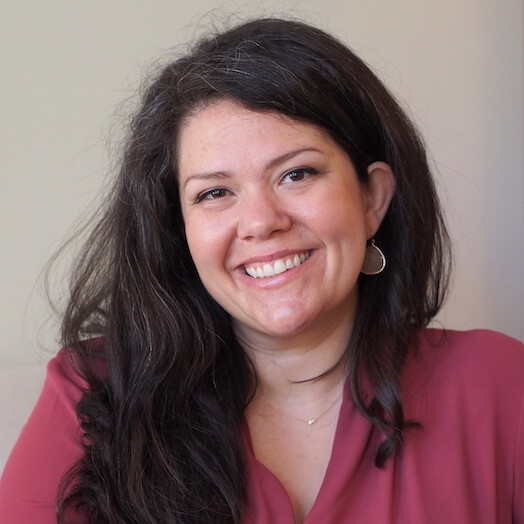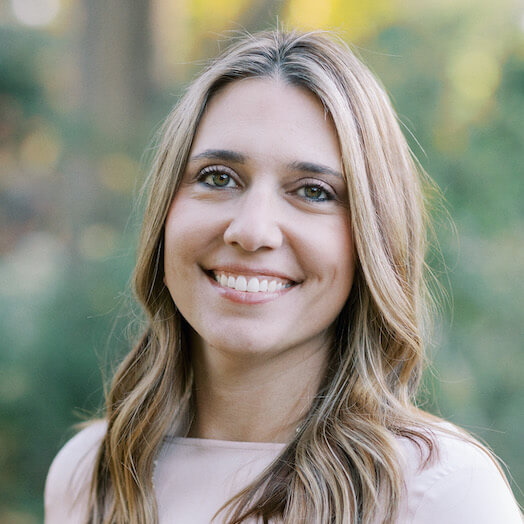
You’ve tried everything. You’ve tried ignoring the sadness – but you kept finding your attention drifting towards the aching in your chest and the heaviness in your body. You tried distracting yourself from the feeling, which worked for a little while… until it didn’t. You’ve tried rationalizing away the feeling – “you know it doesn’t even make sense for me to feel this way…”, but that didn’t get you very far either. You even found yourself getting angry – “I am being such a baby, why am I so sensitive?” which just left you feeling ashamed and sad. Now you’re asking yourself “what am I supposed to do? Am I going to feel this way forever?”
We have all been there, trying to find a way to “fix” an emotion only to be frustrated when our efforts fall short. Some emotions can be really uncomfortable, even painful – it makes sense that our impulse is to get rid of that discomfort. The truth is, the only way for an emotion to pass is to allow ourselves to feel it – counterintuitive, I know… but stay with me.
Think of your nervous system as a security system, constantly scanning the environment for signs of danger and opportunities for connection. Your emotions are like alarms that your nervous system uses to send you – and those around you – messages:
- Fear alerts us that we are coming up against danger and motivates action (or inaction).
- Anger signals that an injustice has occurred, or a boundary has been violated.
- Sadness is a response to loss and signals to others that we may need support.
Given how important these alarms are for our survival and our relationships, it makes sense that they don’t just “turn off” when you ignore them or reason with them. Our feelings have a job to do, and they won’t be satisfied until they have been felt. In fact, studies have found that avoidance of our negative emotions has been associated with issues related to “memory, aggression, anxiety and depression.” Conversely, acceptance of negative emotion has been associated with better overall psychological health.
Okay, so we have to feel our feelings, but what does that even look like? Here are some tips that may be helpful as you begin practicing noticing and feeling your difficult emotions:
The ACE Method (Harris, 2020):
Acknowledge your inner world:
- This step involves mindfully noticing and naming your inner experience with openness and curiosity. The goal hear is to notice and accept the emotions as they are, without labeling them as “good” or “bad”. This might sound like “I am having feelings of sadness” or if we are struggling to put the emotion into words, we can use more nonspecific terms like “I am noticing a painful emotion”.
- As you name your emotion, you are also acknowledging and accepting the images, thoughts, or sensations that might be coming up along with them – “I am noticing a heaviness in my body”, “I am having repetitive, worried thoughts about my partner”. This is not something most of us do naturally! It is okay if you start with a goal of noticing the emotion for 1 minute, and work your way up.
Come back into your body:
- While still holding your awareness of the emotion, begin to connect with your body. Push your feet into the floor, stretch your arms, and notice the changing physical sensations as you do so. This can look like a lot of different things – walking, yoga, shifting position in your chair, mindful breathing – so feel free to find a version that works best for your body’s needs and abilities. The point of this is to sort of “zoom out” from the emotion and notice the body that is holding the emotions.
Engage in what you are doing:
- In the third step we continue to “zoom out”, noticing where we are, what we are doing, and the sounds, sights, smells and sensations around us. Again, we are still noticing the emotion, but we are also noticing the body that contains the emotion, and the space that the body is in.
Check in and repeat:
- Check in with yourself and see if the felt experience of that emotion has changed. Has it moved in your body? Does it feel smaller? Lighter? Feel free to repeat these steps 2-3 times. In time, you may notice that the volume of the emotion feels turned down, and it’s demands for attention are not so distracting.
Give yourself grace:
Sometimes we just aren’t in a place to feel our feelings, and that’s okay. Maybe you have already felt a few waves of this feeling and you’re tapped out for the day. Maybe you’ve had a long day and you just don’t have the energy to grapple with your emotions. Whatever the reason, it is okay if you need to distract yourself or simply put the emotion aside and tend to it when you are more prepared. There is nothing inherently wrong with using these strategies when our emotions become too overwhelming, as long as we understand that they are only short-term solutions.
Reach out to a loved one:
Sometimes we need support to sit with or soothe a difficult emotion and that’s completely natural. In fact, our nervous system is wired to use connection with loved ones as the ultimate emotion regulation resource – we are social bonding creatures! While talking about the emotion has been found to help, it is not always necessary. If talking feels like too much, just being with someone who you trust and feel supported by can help soothe your nervous system and help the emotion pass.
Try Therapy:
Emotions can be painful, messy, and sometimes they can seem downright unbearable. If you’re feeling stuck in difficult emotions or are having a hard time connecting with and feeling your emotions, therapy can help. A therapist can provide you with space to talk about your emotions on your terms and offer you support in accepting and understanding your difficult emotions.
Some emotions can be challenging, but they are also what make our lives and relationships so rich and fulfilling. They teach us about our values and our relationships, and they can serve as a compass that guides us away from danger and towards fulfillment and connection. If you are struggling with feeling your feelings and would like some support, please do not hesitate to reach out – I am here to help!

Hi, I’m Maria Dimachkie, therapist for individuals and couples at Love Heal Grow Counseling.
I help individuals and couples who have overcome difficult, painful times that have left them feeling overwhelmed, frustrated, and fearful of the future. You can experience more fulfillment in your life and relationships! I’m here to support you.
You can read more about me or schedule an appointment here: About Maria
























